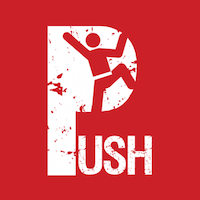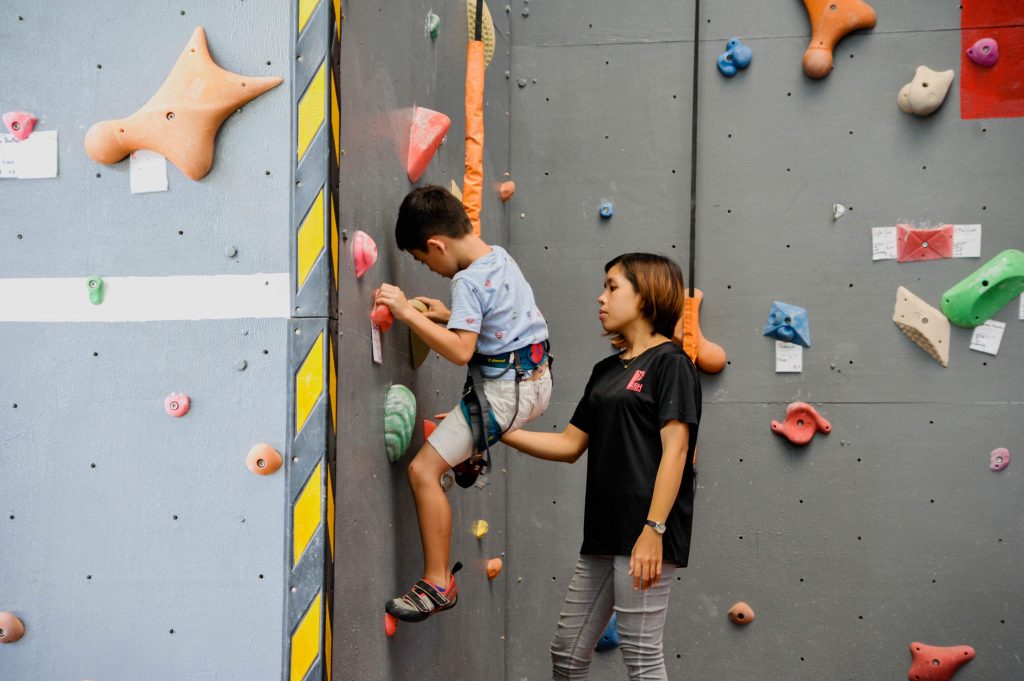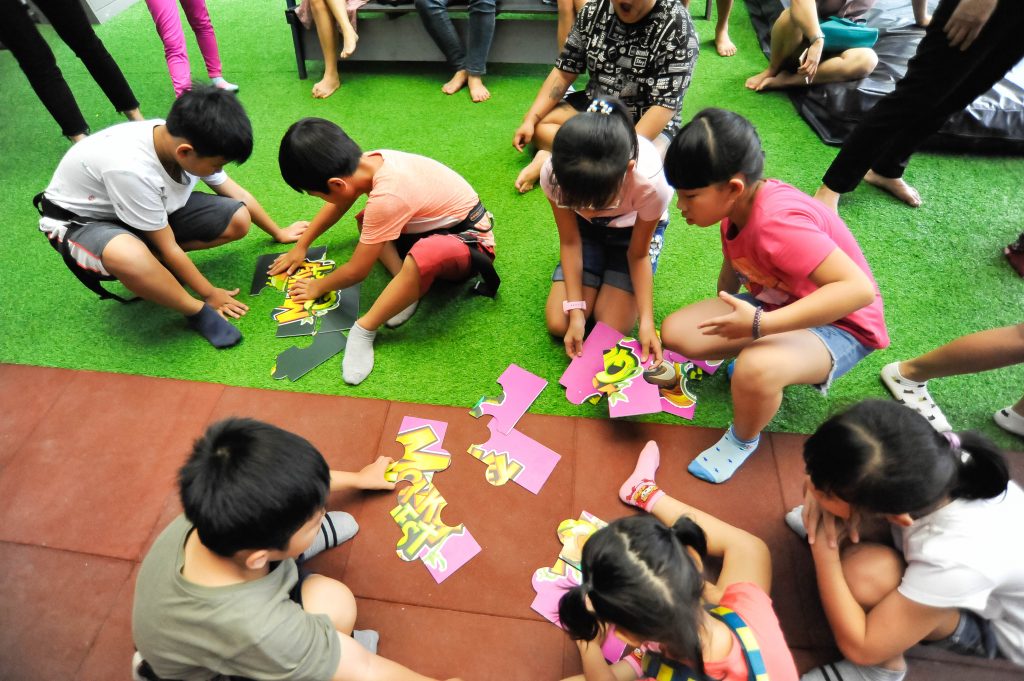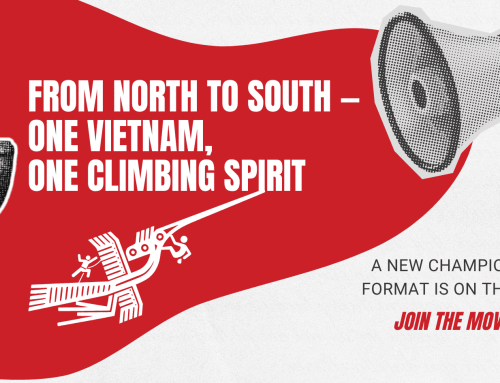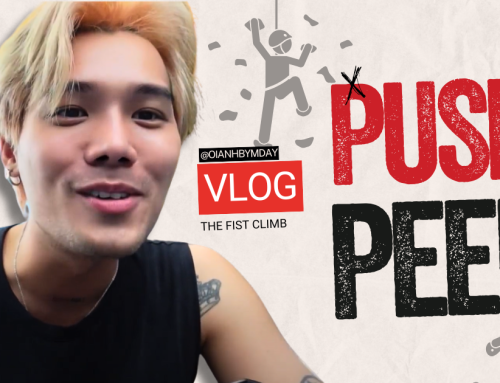Climbing is part of growing up and not so long back a kid half way up a tree was pretty much the defining image of childhood. More sedentary lifestyles, more screen time, urban planning, and time-poor parents are all conspiring to make that less and less common. Insurance liability issues for schools, and local authorities mean that a lot of Western families in particular are becoming accustomed to a culture where adventure play is actively discouraged for fear of litigation. It’s an attitude that has spread out into some surprising locations.
Vietnam is not a place associated with a health and safety culture: I mean, you’ve tried to cross the street, right? We duck under the moving shovels of caterpillar tracked construction vehicles with barely a glance as we ignore the arcing spark showers from street welders. Most of us are foolhardy enough to drive or cycle around Ho Chi Minh City and wear our nonchalance at the potential lethality of the whole experience as a badge of honour. We love it when foreign visitors come to town and visibly recoil from the everyday madness. We chuckle and push them in like reluctant swimmers.


Now go to District 2 and try to count the soft play areas in Thao Dien where the most self-harm a kid could do is face plant in a large plastic marshmallow. Sure, sure Thao Dien is expat central but Western lifestyles are aspired to and parents the world over are starting to see play as something that can and should be made as safe as possible.
Which is entirely understandable. This isn’t a blog about how great it was when we all gave our kids live hand grenades and told them to go play in the bear pit all day. Every parent pales at the thought of risk and feels the duty to try and remove it. There is, however, a middle ground and it brings huge benefits for childhood development.


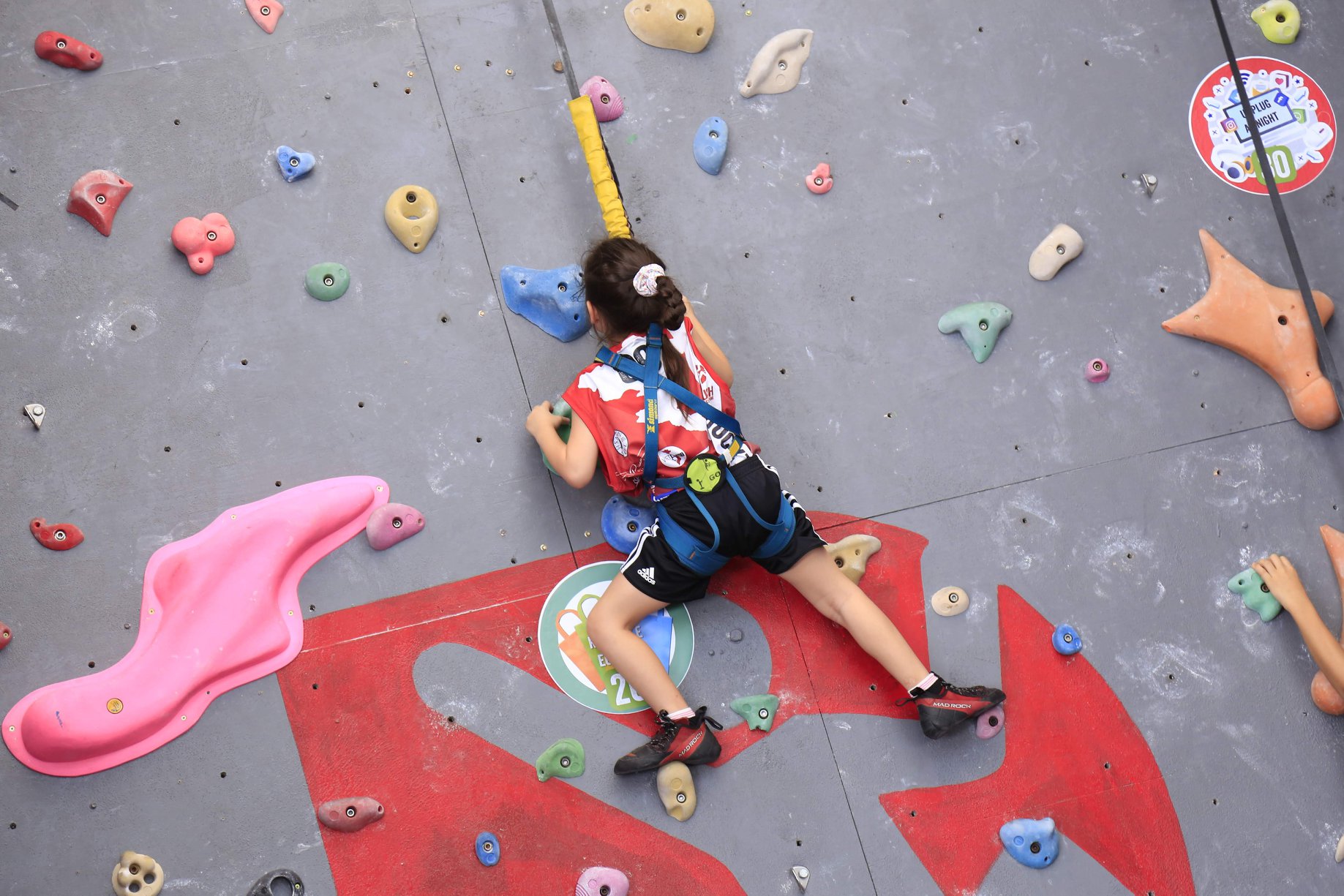

Climbing is supremely natural. We’re primates after all. Physically the benefits of climbing are hard to argue with. It builds strength in core, grip, and limbs. It actively involves hand to eye coordination. It is also great for confidence and that’s something often forgotten. For a physical sport, it’s surprisingly psychological.
“For children I genuinely believe that climbing is part of a problem solving education” says HCMC based therapist and trainer Morteza Tafakory. “You present a problem to a child and let them solve it and rock climbing is a perfect example of that. The child decides how they are going to get up the wall and that is great for personal development. Getting from A to B and deciding how to tackle that problem is the biggest bonus. Yes if you take kids to a climbing wall they are learning motor skills and hand/eye coordination but more than anything else rationalizing that progress from A to B and manipulating your body to do it is the biggest gain. I would put climbing right up there with chess or other more traditional intellectual pursuits in terms of brain development.”
And that risk of falling? “Sedentary is a way bigger risk than climbing a wall. Sitting behind an iPad screen is a big risk.”
This isn’t just Morteza’s personal theory. There are dozens of studies that show physical activity also helps kids concentrate and problem solve in other fields including languages and maths. Studies abound to suggest that even 10-20 minute bouts of exercise led to a major improvement in maths skills compared to sedentary students. There are so many studies about this that 59 of them were rolled together in one scientific report as a meta study to see if there were common findings. That report found that: “Results indicated a significant and positive effect of physical activity on children’s achievement and cognitive outcomes, with aerobic exercise having the greatest effect.”
Activity helps kids concentrate on other things. Climbing is a full-body activity but more than that it is problem solving made three dimensional and without the peer pressure of many other sports which makes it perfect for kids who may not thrive in traditional team sports.
Coming back to the Pop Quiz, for everyone who ended up choosing ‘c’ it is hard to deny the benefits of climbing. Or its natural appeal to kids. So if you think it could be great, but aren’t sure about the element of risk then choose your ‘tree’ very carefully. With a modern climbing gym it is possible to include the heights, and the falling, and the problem solving, in a way that soft play areas simply don’t. But at the same time that sense of risk, challenge, and the accompanying achievement can be done under professional supervision and with safety ropes. Because our kids do learn from falling, but that doesn’t mean they have to get hurt to get better.
Words by Steve Shipside.
